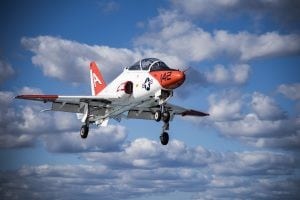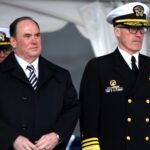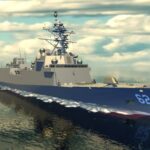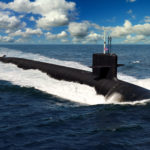
Navy and Marine Corps officials said they expect T-45C Goshawk trainer pilot production to get back to full capacity by the end of the month but that the MV-22B is currently at “unacceptable” readiness rates.Vice Adm. Mike Shoemaker, commander of Naval Air Forces, said the Navy expects T-45C pilot production to get back up to pre-operational pause levels by the end of November, he told reporters following a House Armed Services Readiness subcommittee hearing on aviation readiness.The Navy first grounded…

 By
By 











